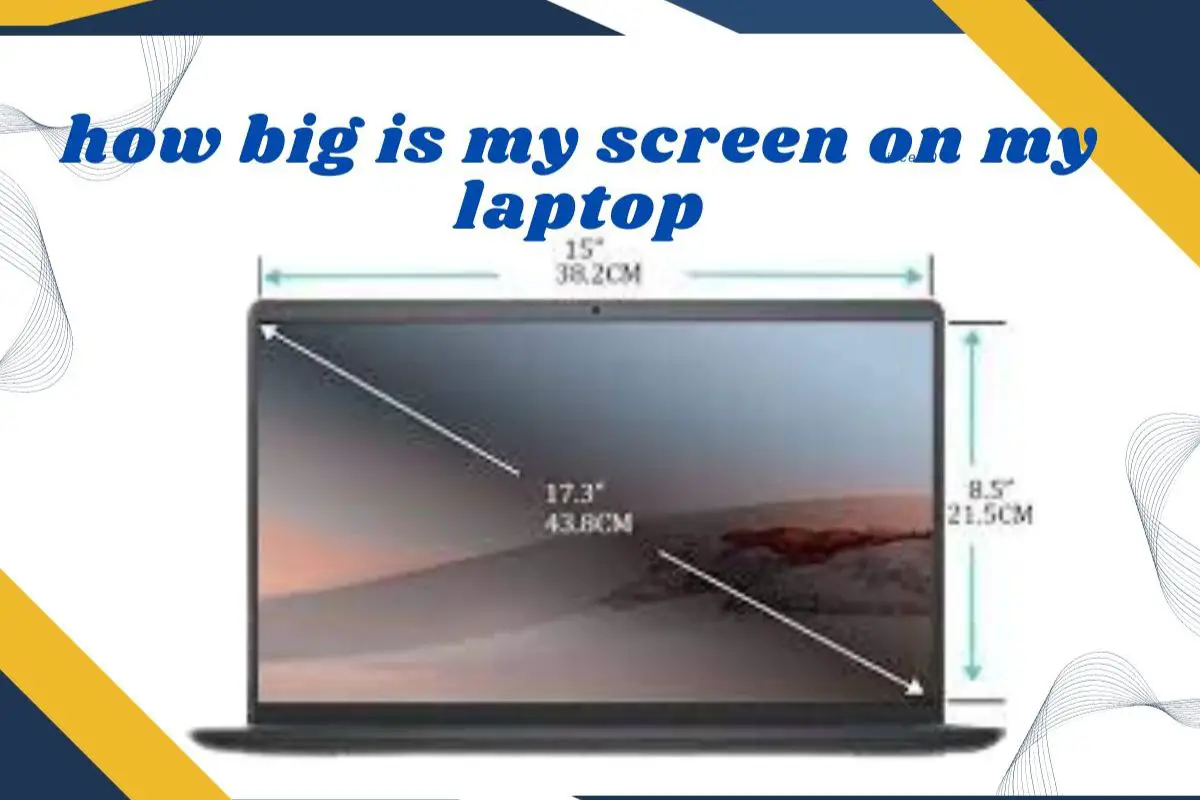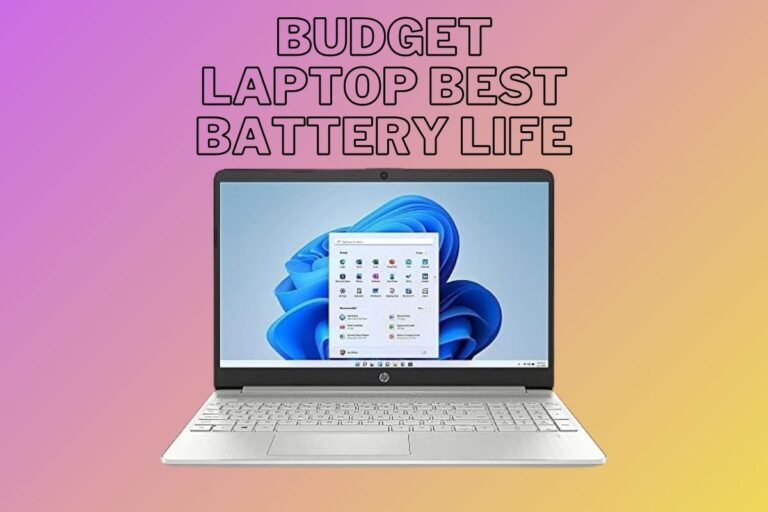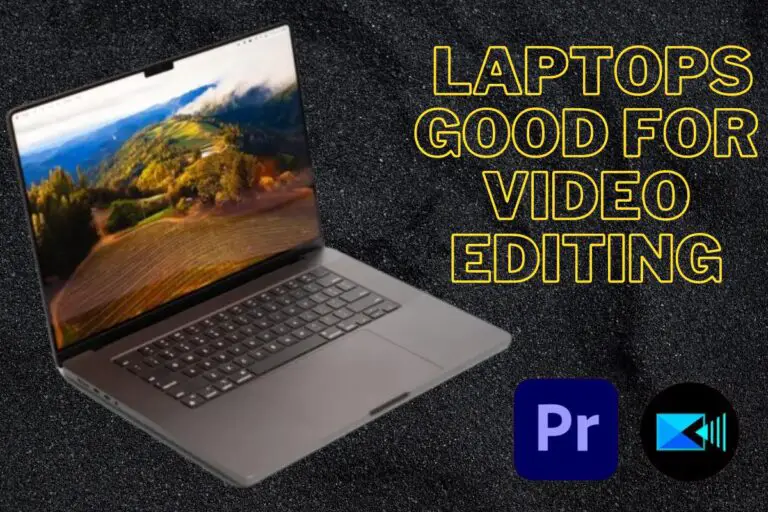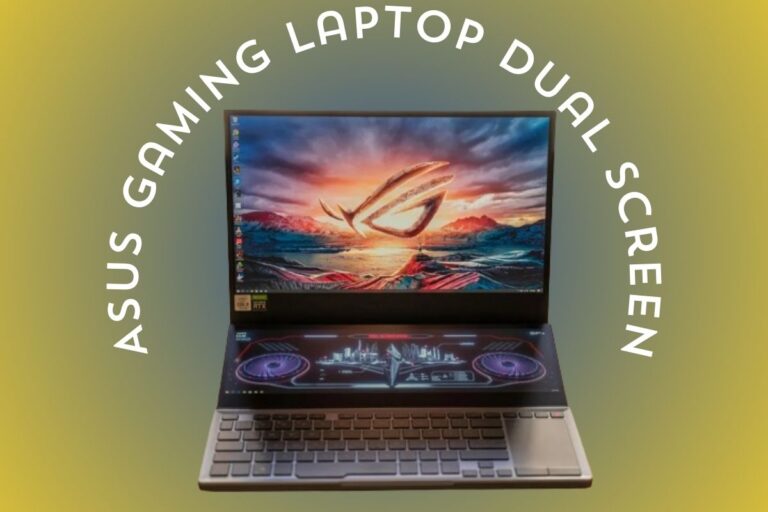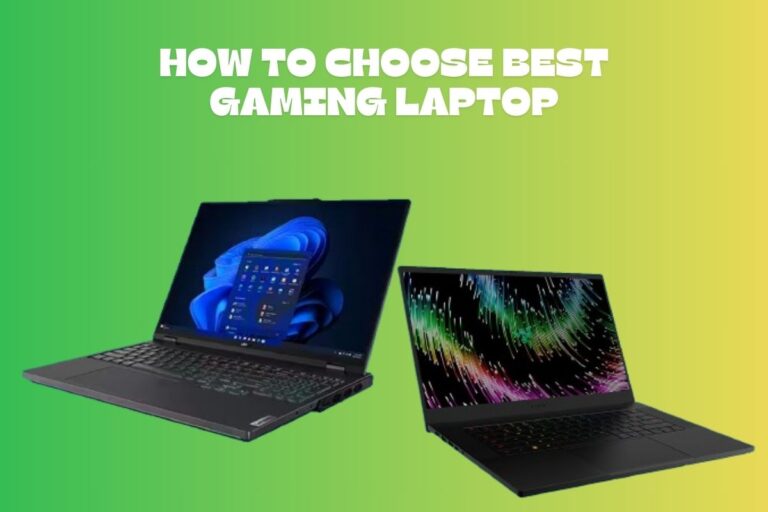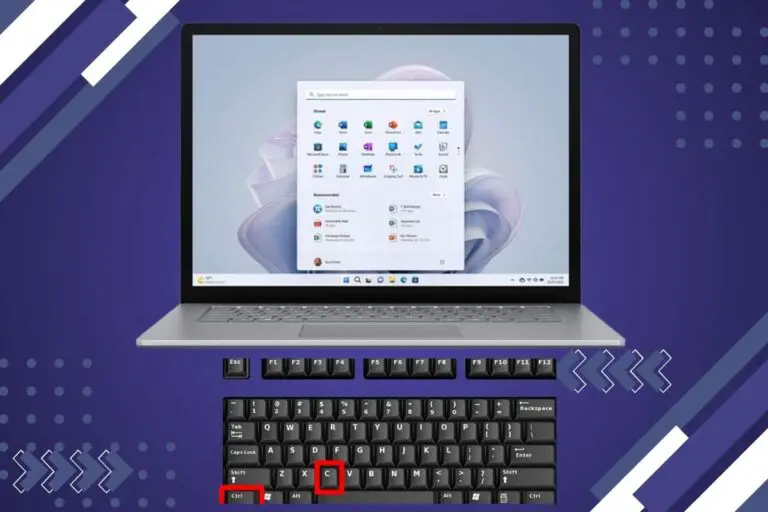How Big is My Screen On My Laptop
How Big is My Screen On My Laptop
Welcome to the world of laptops, where screens come in all shapes and sizes! If you’ve ever wondered just how big your laptop screen really is, you’re not alone. Whether you use your laptop for work or play, understanding its screen size can have a significant impact on your overall user experience. In this blog post, we’ll dive into the fascinating world of laptop screens and explore how to measure them accurately.
We’ll also discuss factors that affect screen size perception and provide some tips for choosing the right screen size for your needs. So grab a cup of coffee and get ready to embark on a journey through pixels and inches – let’s find out exactly how big your screen is on your beloved laptop!
Understanding Screen Sizes and Measurements
When it comes to understanding screen sizes and measurements, things can get a little confusing. It’s not just about the physical dimensions of your laptop screen, but also the resolution and aspect ratio that play a vital role in determining how big your display actually feels.
Screen size is typically measured diagonally from one corner of the screen to the opposite corner. This measurement is expressed in inches. So, if you have a 15-inch laptop, it means that the diagonal distance from one corner of the screen to the other measures 15 inches.
However, it’s important to note that this measurement doesn’t include any bezels or frames around the display. The actual usable space may be slightly smaller than what is advertised as manufacturers often include these extra areas in their stated measurements.
Another crucial factor to consider when measuring your laptop screen size is its aspect ratio. The aspect ratio refers to the proportional relationship between width and height on your screen. The most common aspect ratios for laptops are 16:9 or 16:10.
Resolution also plays an essential role in defining how big your laptop screen appears visually. Resolution refers to the number of pixels displayed onscreen horizontally and vertically. Higher resolutions generally offer more details and sharper images.
To measure your laptop screen accurately, grab a tape measure or ruler and place it against one corner of your active display area (avoid measuring any black borders). Extend it diagonally until you reach the opposite corner while following along with where pixels end.
Understanding these measurements will help you make better decisions when choosing a new laptop or external monitor for enhanced productivity or entertainment purposes. Now that we’ve explored how screens are sized let’s dive into some factors affecting our perception of those sizes!
How to Measure Your Laptop Screen Size
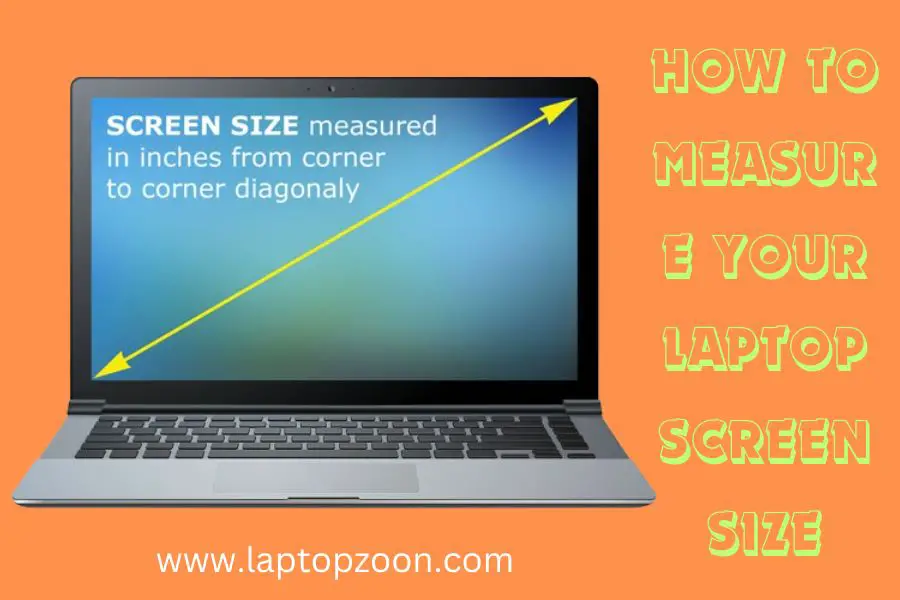
When it comes to measuring your laptop screen size, there are a few simple steps you can follow. First, turn off your laptop and locate the bezel – the frame around the screen. Next, take a tape measure or ruler and place it diagonally across the screen from one corner to the opposite corner. Make sure to measure only the actual visible area of the screen and not including any part of the bezel.
Once you have this measurement in inches, you now know how big your laptop screen is! It’s important to note that laptops are typically measured diagonally because this provides an accurate representation of their overall size.
Remember that when shopping for a new laptop or comparing different models, understanding how big or small your current screen is can help guide your decision-making process. Whether you prefer a larger display for better productivity or portability with a smaller size, knowing your current measurements will assist in finding a device that suits your needs.
In addition to physical measurements, it’s also worth considering other factors such as resolution and aspect ratio when evaluating screens. A higher resolution means sharper images and text while an optimal aspect ratio ensures proper proportions on-screen.
So whether you’re looking to replace an old laptop or simply curious about its dimensions, taking a moment to accurately measure your laptop screen size can provide valuable information for future purchases.
Factors That Affect Screen Size Perception – How Big is My Screen On My Laptop
Factors That Affect Screen Size Perception
When it comes to the size of your laptop screen, there are various factors that can affect how big it appears to you. One of the key factors is the aspect ratio of the screen. Most laptops have a standard 16:9 aspect ratio, but some models may have a wider or narrower display.
Another factor that affects screen size perception is the resolution of the display. The higher the resolution, the more pixels are packed into each inch of screen space, resulting in sharper and more detailed images. However, this also means that icons and text may appear smaller on higher-resolution screens.
The distance between you and your laptop also plays a role in how big or small the screen appears. If you sit too close to your laptop, even a large-sized screen might seem small because it fills up most of your field of vision. On the other hand, sitting too far away from your laptop can make even a smaller screen feel larger due to reduced visual focus.
The brightness and contrast settings of your laptop’s display can also impact how big or small objects appear on-screen. Adjusting these settings can help enhance visibility and make content easier to read or view.
Personal preferences play an important role in perceiving screen size. Some individuals prefer compact laptops with smaller screens for portability purposes, while others opt for larger screens for better multitasking capabilities.
In conclusion (as per instructions), understanding all these factors helps determine what makes a laptop’s screen feel bigger or smaller based on individual needs and preferences without losing sight on overall user experience
The Impact of Screen Size on User Experience
The Impact of Screen Size on User Experience
When it comes to using a laptop, the screen size plays a crucial role in determining the overall user experience. A larger screen offers more real estate for viewing content and multitasking, while a smaller screen may feel cramped and limit productivity.
One of the main benefits of a larger screen is enhanced visual clarity. With more space to display information, text and images appear sharper and easier to read. This can be particularly important when working with detailed documents or engaging in graphic-intensive tasks such as photo editing or video streaming.
Moreover, a bigger screen allows for better immersion when watching movies or playing games. The increased size creates a more immersive experience by filling your field of vision with captivating visuals. Whether you’re exploring virtual worlds or enjoying your favorite TV shows, a larger display can truly enhance your entertainment experience.
Furthermore, screen size also affects usability and ergonomics. A small screen might require constant scrolling or zooming in order to view entire webpages or documents, which can quickly become tiresome and frustrating. On the other hand, a spacious display provides ample room for multiple windows side-by-side without sacrificing visibility.
However, it’s worth noting that there are trade-offs associated with larger screens. Portability becomes an issue as laptops with bigger displays tend to be bulkier and heavier than their compact counterparts. If you frequently travel or work on-the-go, lugging around a heavyweight laptop might not be ideal.
In conclusion (not concluding), choosing the right laptop screen size ultimately depends on your specific needs and preferences. Consider factors such as intended usage (work vs leisure), portability requirements, budget constraints, and personal comfort levels before making your decision.
Tips for Choosing the Right Screen Size for Your Laptop
When it comes to choosing the right screen size for your laptop, there are a few factors to consider. First and foremost is your personal preference and how you plan to use your laptop. If you’re primarily using it for tasks like browsing the web, checking emails, and word processing, a smaller screen size around 13-14 inches may be sufficient.
On the other hand, if you’re into graphic design or video editing, a larger screen size of 15-17 inches might be more suitable as it provides ample space for multitasking and working with intricate details.
Another important consideration is portability. If you travel frequently or need to carry your laptop around often, opting for a smaller screen size can make it easier to transport. However, keep in mind that smaller screens may also result in cramped viewing experiences.
It’s also worth noting that screen resolution plays a crucial role in determining visual clarity. A higher resolution will give you sharper images and text on your display but may require more powerful hardware to run smoothly.
Finding the right balance between screen size and functionality is key when selecting a laptop. Consider what tasks you’ll be performing most frequently and choose accordingly to enhance your overall user experience.
Alternative Ways to Increase Screen Size on a Laptop
Alternative Ways to Increase Screen Size on a Laptop
Are you finding it difficult to work with the small screen size of your laptop? Don’t worry, there are several alternative ways you can increase your screen size and enhance your overall viewing experience.
One option is to connect your laptop to an external monitor. By doing this, you essentially have two screens to work with – the laptop’s built-in display and the larger external monitor. This allows for more space to multitask and view content without feeling cramped.
Another alternative is using a docking station or port replicator. These devices allow you to connect multiple peripherals such as monitors, keyboards, and mice through a single connection point on your laptop. With additional displays connected via these devices, you can expand your desktop across multiple screens for increased productivity.
If purchasing new hardware isn’t an option, consider utilizing virtual desktops or workspace software. Many operating systems offer features that allow users to create virtual desktops where they can organize different applications and windows separately. This effectively provides more screen real estate without needing physical monitors.
Adjusting the display settings on your laptop might also help improve screen visibility. Increasing the resolution or scaling settings can make content appear larger without physically changing the size of the screen itself.
In conclusion (not conclusive), even if you’re stuck with a small laptop screen, there are various alternative methods available that can help increase your working area and enhance productivity! So why not give them a try?!
Conclusion:
Conclusion
Understanding the screen size on your laptop is essential for a better user experience and productivity. By knowing how to measure your laptop screen size accurately, you can make informed decisions when it comes to choosing the right display. The perception of screen size may vary based on factors like resolution, aspect ratio, and bezel thickness.
When selecting a laptop, consider your specific needs and preferences. A smaller screen may be more portable but could limit multitasking or multimedia enjoyment. On the other hand, larger screens offer immersive visuals but might sacrifice portability.
If you find yourself needing more screen real estate without investing in a new laptop, there are alternative options available. These include using an external monitor or connecting your laptop to a TV for increased viewing area.
Finding the ideal screen size for your laptop involves striking a balance between usability and personal preference. Experimenting with different sizes and considering factors such as comfort level and intended usage will help guide you towards making the best choice.
Remember that while understanding measurements and specifications is important, it’s equally crucial to trust your own judgment in determining what works best for you. So go ahead, explore various laptops with different screen sizes – after all, finding the perfect fit will enhance your overall computing experience!
How to check the size of a monitor?
To check the size of a monitor, measure the screen diagonally from one corner to the opposite corner without including the frame (bezel). The size is usually measured in inches.
How big is a Windows 10 laptop screen?
The size of a Windows 10 laptop screen can vary widely, typically ranging from 11 inches to 17 inches diagonally. Most standard laptops have screen sizes around 13 to 15 inches,

